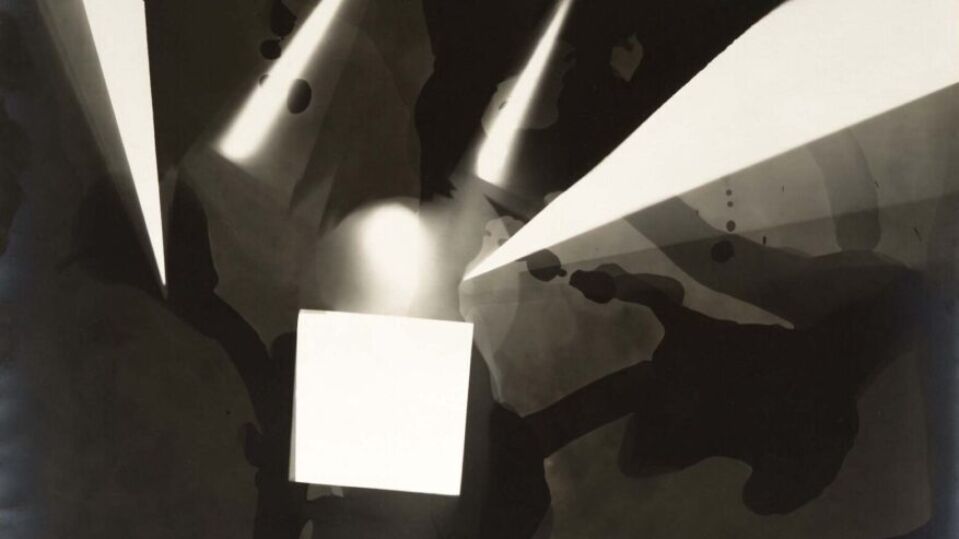Few artists have left a footprint in the visual arts as electrifying, enigmatic and enduring as that of Man Ray. His work transcends the conventional boundaries of painting, photography, film and sculpture, occupying a space where imagination and technical mastery converge. At the heart of his practice lies a radical curiosity – an unyielding drive to see the world anew, to question the familiar and to reveal the extraordinary in the ordinary. Today, that vision finds a grand stage at The Metropolitan Museum of Art with When Objects Dream, the first major exhibition dedicated to one of his most significant contributions: the rayograph.
Rayographs, Man Ray’s audacious reinvention of the 19th-century photogram, are photographs made without a camera. By arranging objects directly onto photosensitive paper and exposing them to light, he conjured images that seem at once familiar and fantastical – negative silhouettes that hover between reality and dream. These works exemplify Man Ray’s fascination with transformation and the uncanny capacity of objects to evoke meaning beyond their material presence. Tristan Tzara, the Dada poet, captured the essence of this alchemy when he described them as the moments “when objects dream.”
Man Ray’s path to this innovation was a product of both serendipity and rigorous experimentation. In a Parisian darkroom in 1921, while sorting through photographic prints, he accidentally placed glass apparatus atop unexposed paper and the resulting image sparked a revelation. As he recalled decades later, the forms that emerged were “not quite a simple silhouette… but distorted and refracted.” He promptly dubbed these works “rayographs,” marking the birth of a method that would come to define his artistic identity. Yet, to see rayographs merely as technical experiments is to understate their significance. They were the culmination of a decade of exploration in painting and photography, and of consistent navigation between dimensions, materials and artistic movements, namely Dada and Surrealism.
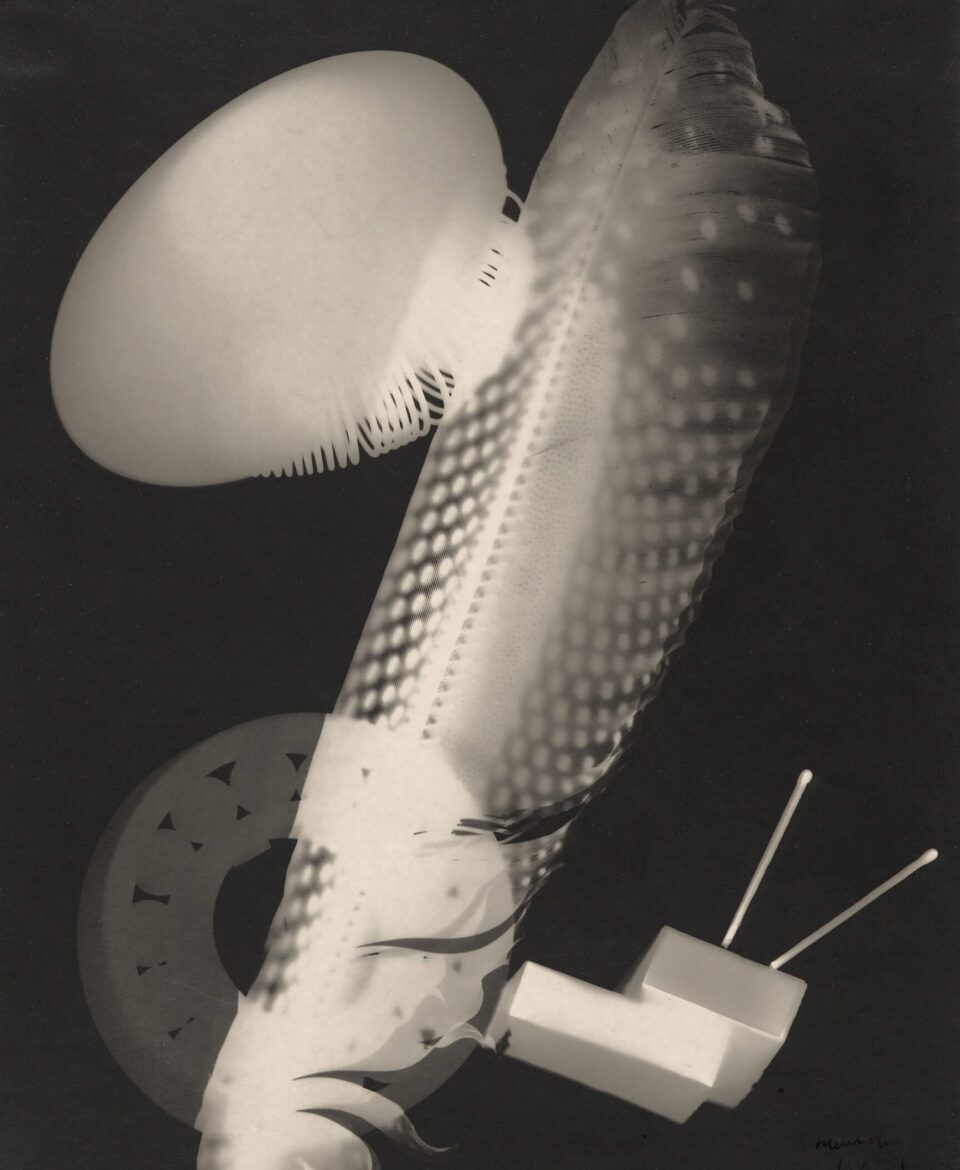
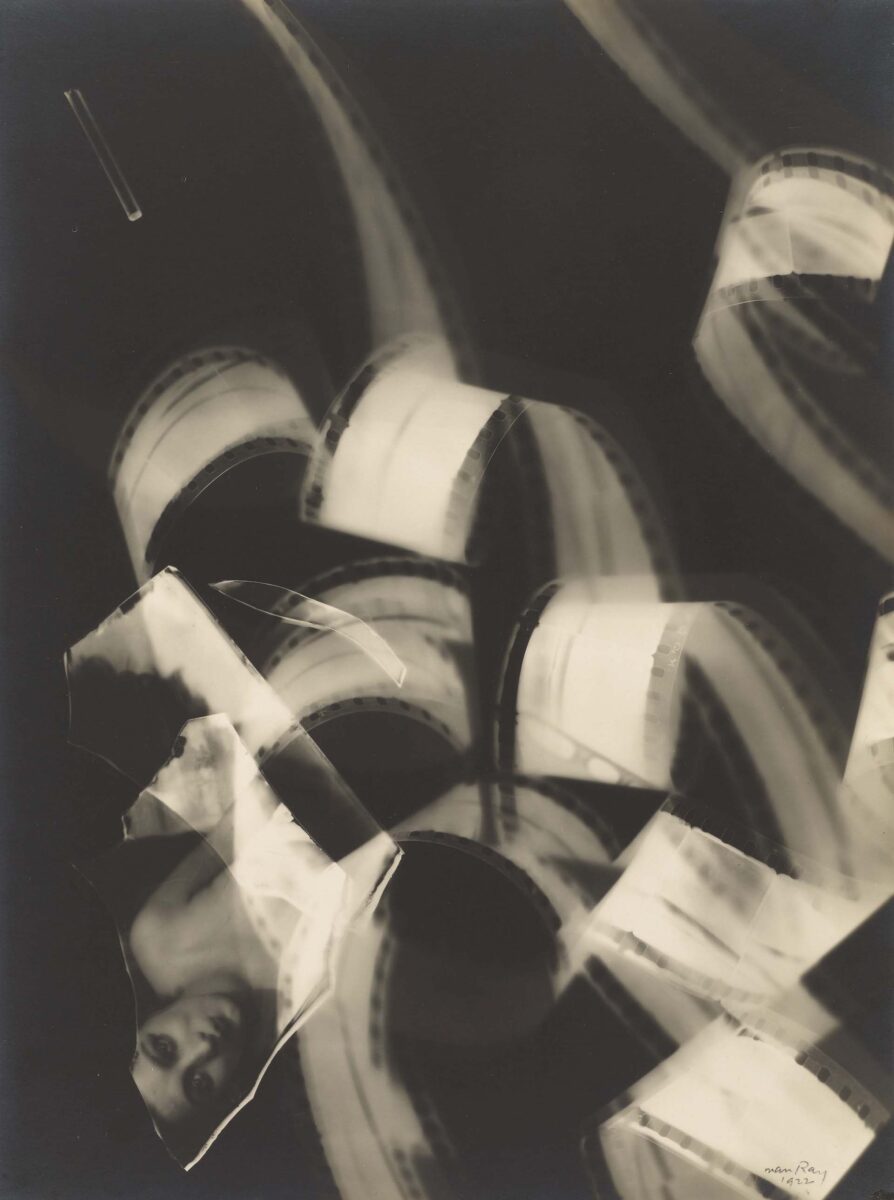
The exhibition at The Met, which opened earlier this autumn and continues through 1 February, 2026, situates the rayograph within the broader scope of Man Ray’s prolific career. It presents over 160 works spanning paintings, objects, prints, drawings, films and photographs, emphasising the centrality of the rayograph to his practice. With thirty-five of these works included as part of a major promised gift from Trustee John Pritzker, the show offers not only a rare opportunity to encounter these pieces in person but also a profound reassessment of the artist’s influence across multiple media.
What sets When Objects Dream apart from previous exhibitions is its integrative approach. Rather than isolating the rayographs as curiosities, the curators – Stephanie D’Alessandro and Stephen C. Pinson – have woven them into a rich multidimensional narrative. The display begins with Champs délicieux (Delicious Fields, 1922), a portfolio of twelve rayographs that marked Man Ray’s first public presentation of the medium. Critics at the time hailed the works for elevating photography to the same artistic stature as painting or drawing, signalling a shift in how visual culture would come to understand photographic expression. From this opening, twelve thematic sections explore motifs central to his oeuvre: silhouette, dream, body, object and play. These sections are punctuated by his experimental painting and sculptural works, creating a dynamic dialogue between medium, material and meaning.
The exhibition also foregrounds some of Man Ray’s most iconic objects, each imbued with a performative quality. The iron studded with tacks, Cadeau (Gift, 1921), transforms a mundane household item into a provocative statement; the metronome, Object to be Destroyed (1923), engages time and gaze in a surrealist interplay with his partner, Lee Miller. Photographs such as Le violon d’Ingres (1924) exemplify his ongoing fascination with the human form as both subject and instrument of poetic resonance. Complementing these are rarely seen paintings like Paysage suédois (Swedish Landscape, 1926), which reveal Man Ray’s experimental approach to paint itself, applied and scraped in ways that echo his darkroom manipulations.
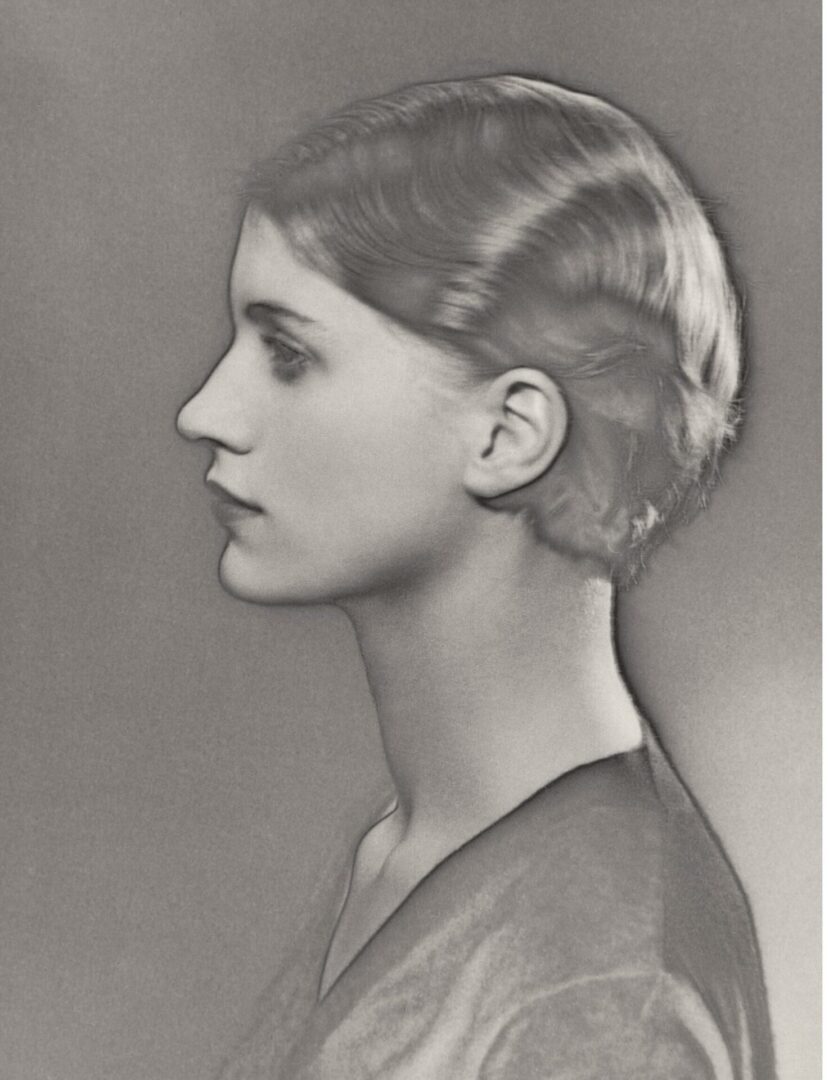
Film, too, occupies a vital place in the exhibition. Newly restored 4K projections of Retour à la raison (Return to Reason, 1923), Emak Bakia (1926) and L’étoile de mer (The Starfish, 1928) provide a kinetic counterpoint to the static works on paper, underscoring the artist’s engagement with rhythm, movement and temporality. Visitors experience a multisensory immersion in the mechanics of Man Ray’s creative imagination, where objects and images perform in a liminal space between reality and abstraction.
Crucially, this presentation contextualises Man Ray’s work within a lineage that extends into contemporary practice. Artists today continue to draw inspiration from his fearless experimentation with form, process and conceptual rigour. The influence of his photograms can be traced in the abstraction of Hiroshi Sugimoto, the tactile object explorations of Thomas Demand and the hybrid media installations of Olafur Eliasson, each channelling Man Ray’s spirit of inquiry in distinct ways. Similarly filmmakers and performance artists now engage with his techniques to challenge perception, disrupt narrative and explore the tension between chance and control – a testament to the persistent resonance of his vision.
Beyond the gallery, When Objects Dream extends into an ambitious programme of live performance, music and participatory education, reflecting the cross-disciplinary vitality that defined Man Ray’s own practice. Collaborations include avant-garde post-rock duo SQÜRL performing live scores to his restored silent films, choreographer Trajal Harrell exploring the intersections of queer modernist circles and conceptual artist Alex Da Corte presenting a lecture-performance that interrogates the ontology of image, object and time in Man Ray’s work. Hands-on programming invites audiences to experiment directly with camera-less photographic techniques, reinforcing the exhibition’s ethos of exploration and play.
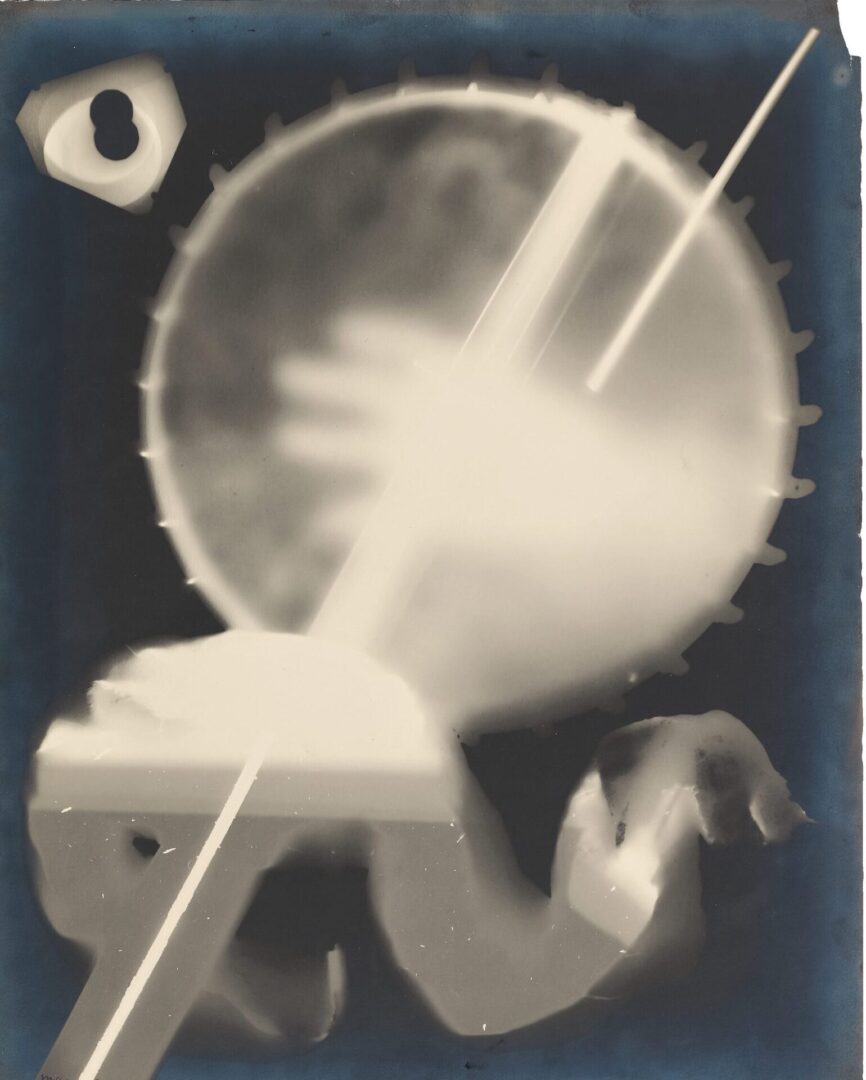
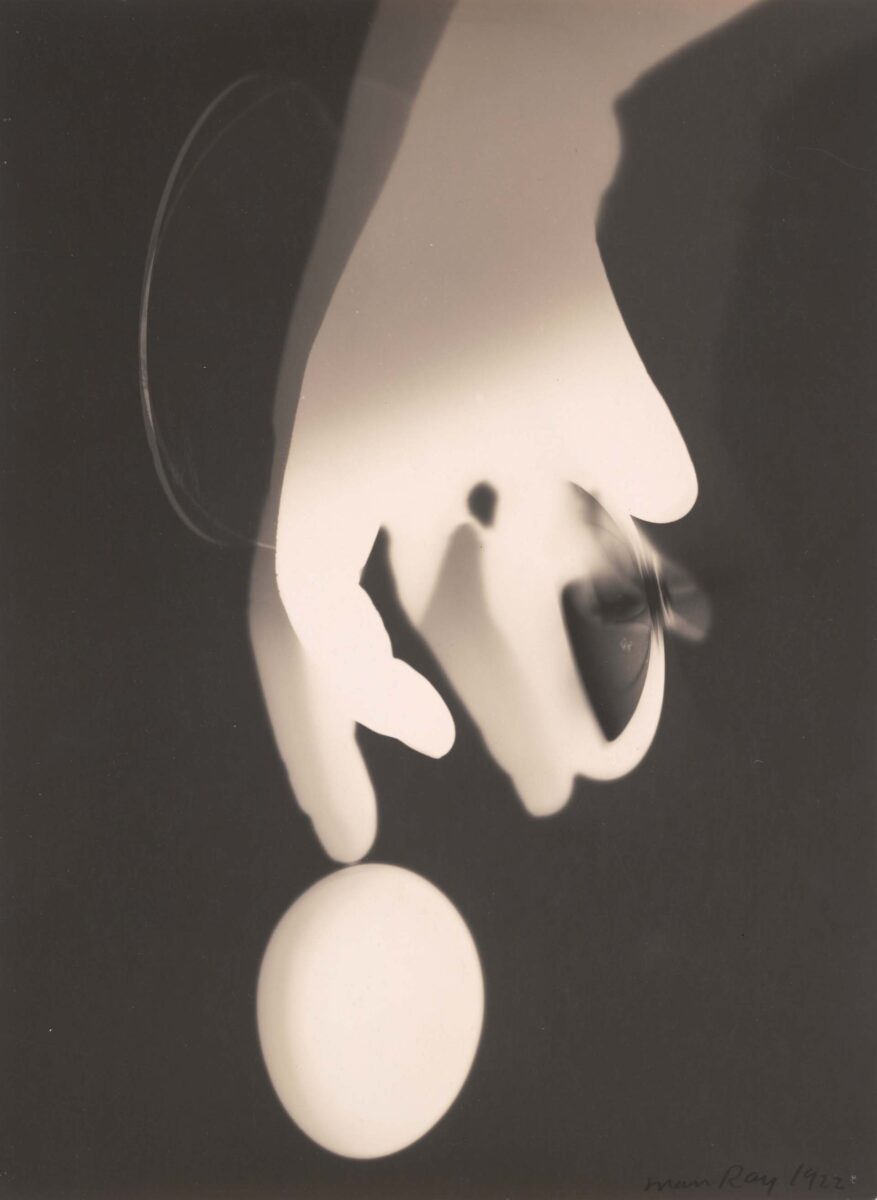
The curatorial rigour is matched by scholarly attention, with contributions from photography conservators, the Lens Media Lab at Yale University and an extensive catalogue documenting the artist’s experimentation and influence. The exhibition also inaugurates The Met’s Bluff Collaborative for Research on Dada and Surrealism, an interdisciplinary initiative that will foster fresh scholarship and public engagement, extending the relevance of Man Ray’s investigations into the present-day. In situating rayographs at the centre of a larger artistic universe, When Objects Dream does more than chronicle a historical moment; it illuminates the visionary strategies through which an artist reconceived the very act of making. By blurring the boundaries between image and object, chance and intention, surface and depth, it reasserts Man Ray not only as a pioneer of the avant-garde but as a continuing point of reference for contemporary creativity, demonstrating how radical ideas can ripple across generations.
In revisiting Man Ray’s extraordinary experiments, we are reminded that innovation often emerges at the intersection of curiosity, technical dexterity and play. The Met’s presentation allows us to witness that process unfold: objects take on life beyond their utility, shadows become vessels of poetry and the act of looking is transformed into an act of discovery. The exhibition offers a powerful meditation on the elasticity of perception and the capacity of art to alter our understanding of the everyday.
Man Ray: When Objects Dream is thus not only a retrospective; it is an invitation to dream, to experiment and to reconsider the potential of the objects that populate our own lives. More than a century after their creation, rayographs remain startlingly fresh, confirming the timelessness of Man Ray’s vision and its persistent echo in the work of those who continue to challenge convention, material and medium today.
Man Ray: When Objects Dream is at the Metropolitan Museum of Art, New York, until 1 February.
Words: Simon Cartwright
Image Credits:
1. Man Ray (American, 1890 – 1976), Rayograph 1923 – 28. Gelatin silver print 19 5/16 x 15 11/16 in. (49 x 39.8 cm) The Metropolitan Museum of Art, New York, Gilman Collection, Purchase, The Horace W. Goldsmith Foundation Gift, through Joyce and Robert Menschel, 2005 (2005.100.140) Image © The Metropolitan Museum of Art, photo by Mark Morosse © Man Ray 2015 Trust / Artists Rights Society (ARS), NY / ADAGP, Paris 2025
2. Man Ray (American, 1890 – 1976), Rayograph 1923. Gelatin silver print 11 1/2 × 9 5/16 in. (29.2 × 23.7 cm) Yale University Art Gallery, New Haven, Gift of the Estate of Katherine S. Dreier Photo: Yale University Art Gallery, Gift of Collection Société Anonyme © Man Ray 2015 Trust / Artists Rights Society (ARS), NY / ADAGP, Paris 2025
3. Man Ray (American, 1890 – 1976), Rayograph 1922. Gelatin silver print 9 3/8 × 7 in. (23.8 × 17.8 cm) The J. Paul Getty Museum, Los Angeles (84.XM.1000.173) Courtesy The J. Paul Getty Museum, Los Angeles © Man Ray 2015 Trust / Artists Rights Society (ARS), NY / ADAGP, Paris 2025
4. Man Ray (American, 1890 – 1976), Lee Miller 1929.Gelatin silver print 10 1/2 × 8 1/8 in. (26.7 × 20.6 cm) The Museum of Modern Art, New York, Gift of James Thrall Soby © Man Ray 2015 Trust / Artists Rights Society (ARS), NY / ADAGP, Paris 2025
5. Man Ray (American, 1890–1976), Rayograph 1925. Gelatin silver print 19 15/16 × 15 13/16 in.(50.6 × 40.2 cm)MAH Musée d’art et d’histoire, City of Geneva. Purchase, 1968 (E68-0219) Photo © Musée d’art et d’histoire, Ville de Genève, photo byAndré Longchamp © Man Ray 2015 Trust / Artists Rights Society (ARS), NY /ADAGP, Paris 2025
6. Man Ray (American, 1890 – 1976), Rayograph 1922. Gelatin silver print 9 1/2 × 7 in. (24.1 × 17.8 cm) The Metropolitan Museum of Art, New York, Bluff Collection, Promised Gift of John A. Pritzker Photo by Ben Blackwell © Man Ray 2015 Trust / Artists Rights Society (ARS), NY / ADAGP, Paris 2025


